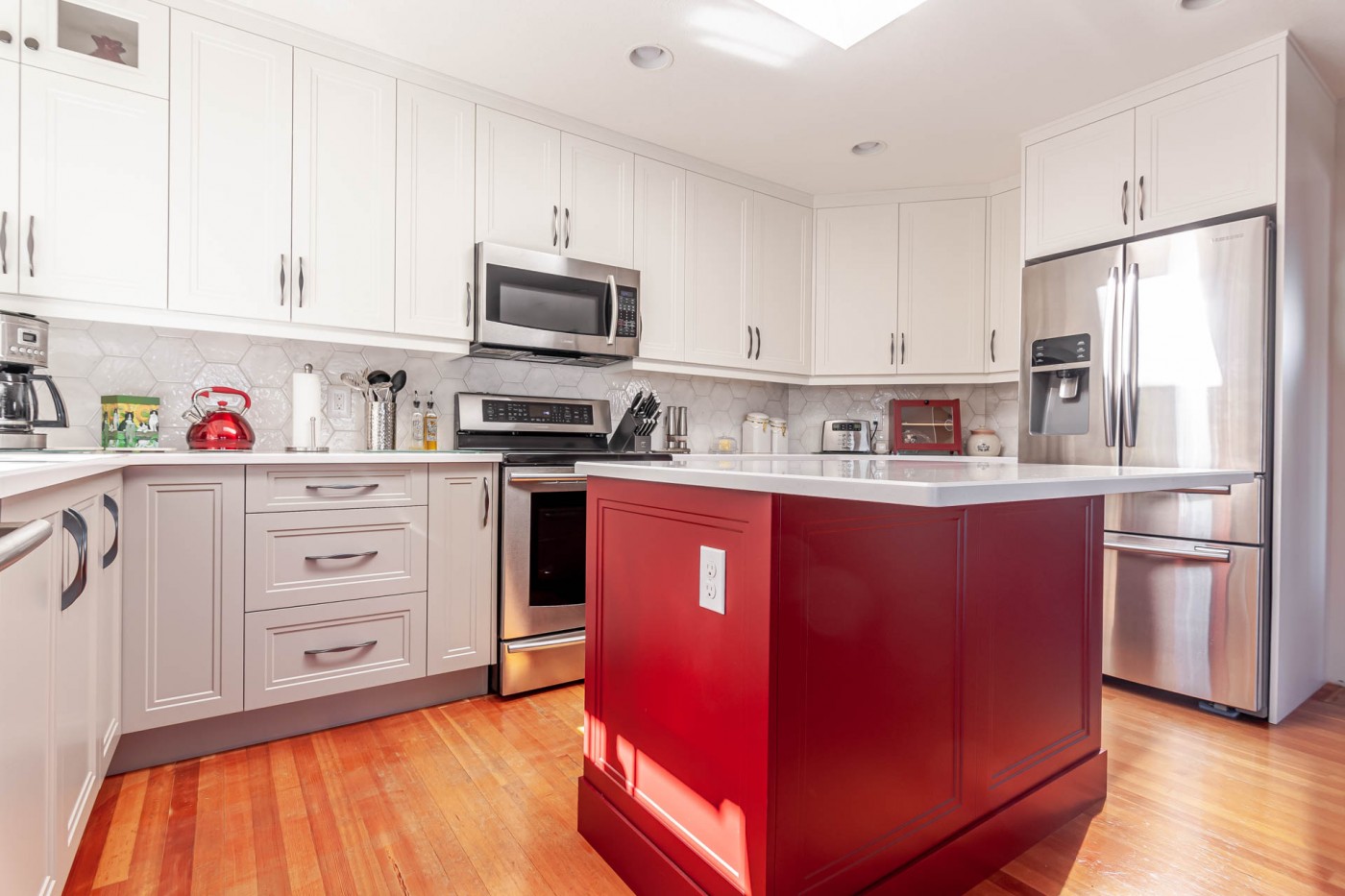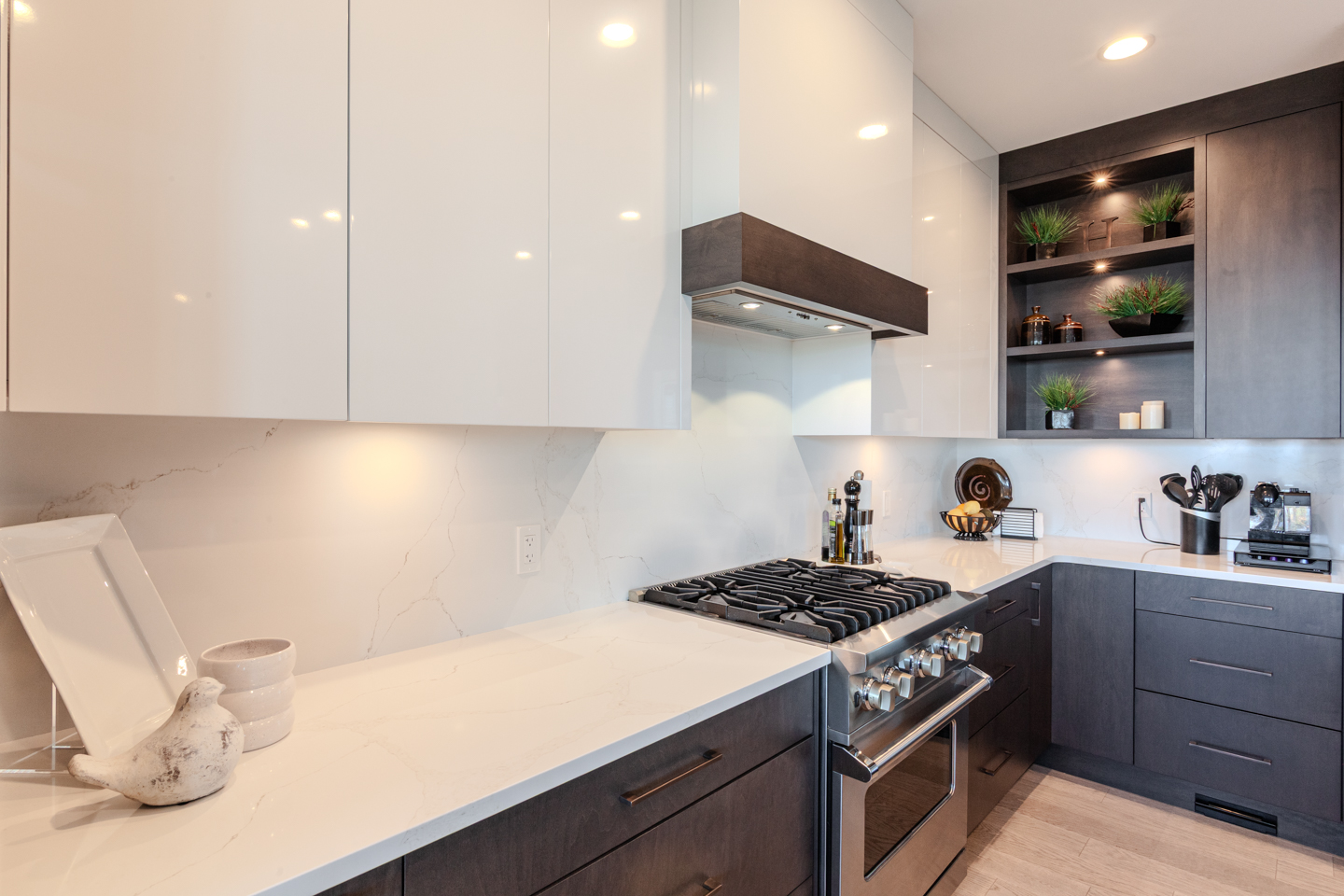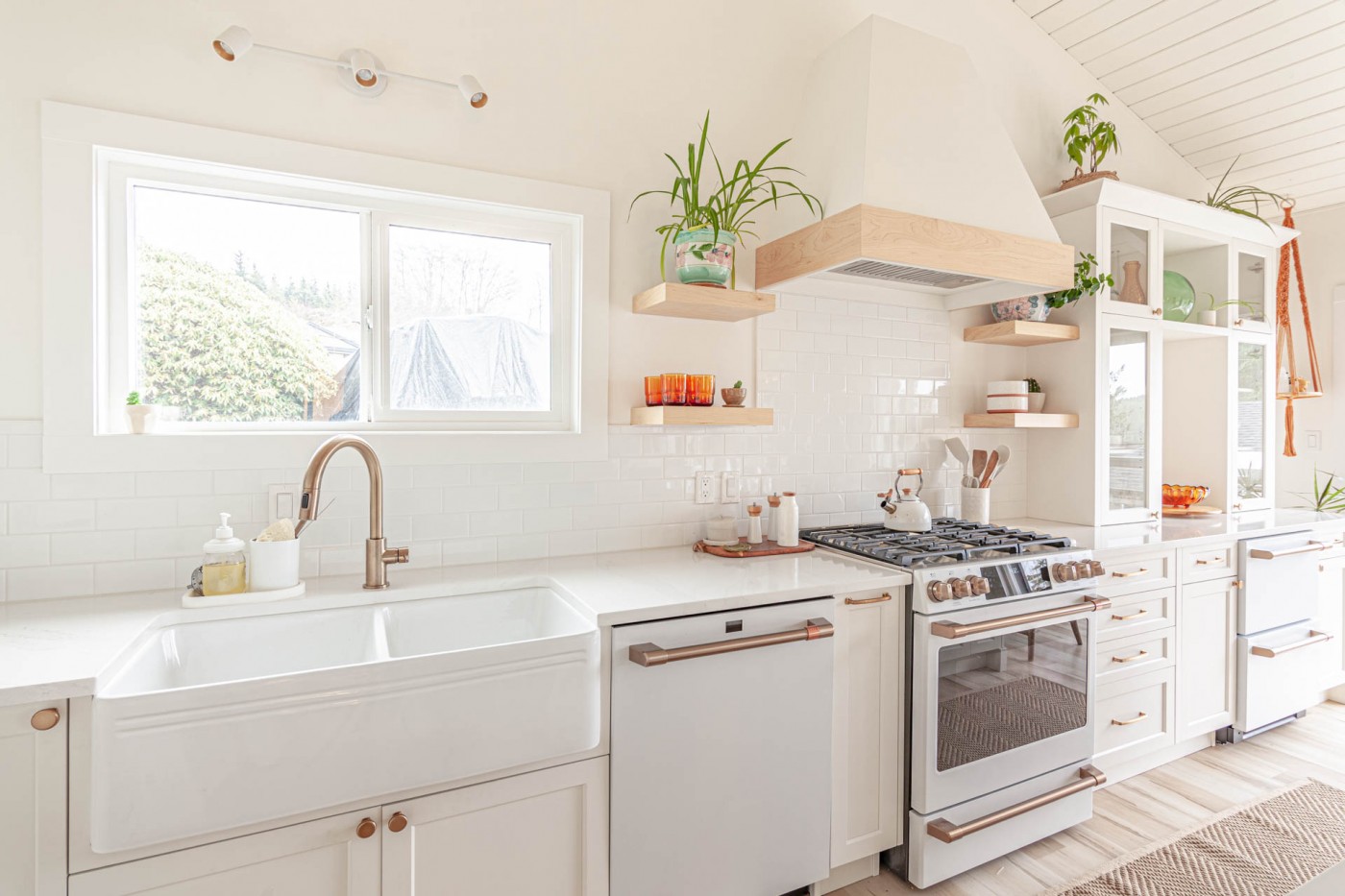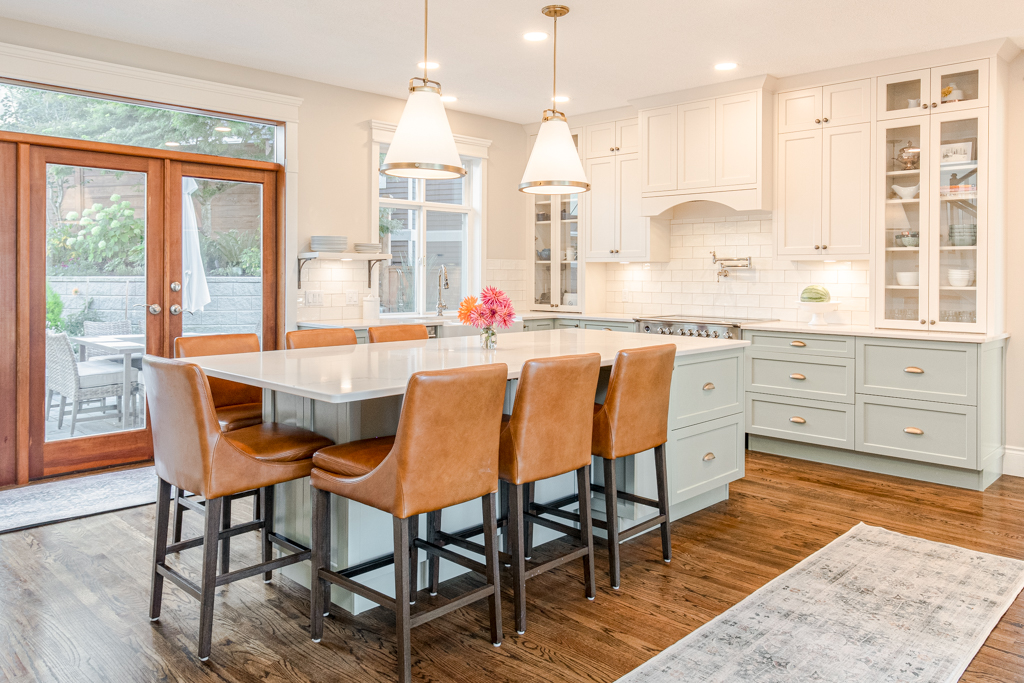Even with your cabinetry style selected, your countertops picked out, and a layout you love, there are “small” kitchen plan decisions that often get ignored – until they start causing headaches every day.
At Classic Kitchens & Design, we believe a kitchen shouldn’t just be beautiful; it should work beautifully. These often-missed details may feel minor in the kitchen planning phase, but they affect comfort, usability, and long-term durability. Here are a few of the most commonly overlooked elements and how to get them right.
Outlet Placement & Electrical Flexibility

What tends to go wrong: Too few outlets, awkward positioning, or forgetting to plan for small appliances. The result? Extension cords across counters, clutter, and frustration.
How to do it well:
- Place outlets according to how you cook – a dedicated coffee station, island prep outlets, and pantry plugs all make daily routines smoother.
- Consider USB/USB-C charging built into drawers or outlets.
- Add independent switches for undercabinet lighting so you can adjust brightness by task.
Task, Ambient, & Feature Lighting Layers

What tends to go wrong: Relying on one overhead light, which leaves prep areas in shadow and offers no flexibility for mood or task.
How to do it well:
- Install undercabinet LEDs for shadow-free prep zones.
- Plan for layered lighting: general (ambient), task (sink, stove, prep), and accent (glass cabinets, toe-kicks).
- Use dimmers or separate circuits for lighting control throughout the day.
Ventilation & Range Hood Power

What tends to go wrong: A hood chosen for style only, without considering performance, leading to odours, grease build-up, and even cabinet damage.
How to do it well:
- Select the right CFM rating for your cooktop and cooking style.
- Always vent outside when possible.
- Balance performance with noise – a quiet hood is more likely to be used consistently.
Hardware Ergonomics & Placement

What tends to go wrong: Hardware chosen late in the process without testing. Poor placement or sizing makes doors awkward to open or wears down finishes.
How to do it well:
- Match pull size to cabinet width: long pulls for wide drawers, smaller knobs for uppers.
- Test samples in-hand. They should feel comfortable, not sharp or slippery.
- Align placement across cabinetry for a consistent look and easier use.
Storage Accessories & Organization

What tends to go wrong: Cabinets without internal organization quickly become cluttered, with wasted space and hard-to-reach corners.
How to do it well:
- Add full-extension pull-outs so nothing gets lost at the back.
- Use corner solutions like lazy Susans or swing-out trays.
- Plan for vertical dividers, tray storage, and drawer organizers.
Flooring That Holds Up Over Time

What tends to go wrong: Choosing flooring purely for aesthetics without factoring in durability, comfort, or maintenance.
How to do it well:
- In high-traffic, moisture-prone kitchens, consider durable options like tile, engineered hardwood, or luxury vinyl.
- Factor in comfort: tile can be hard underfoot; vinyl offers more give.
- Plan for upkeep: some floors need sealing, refinishing, or special cleaning.
Before You Sign Off on Your Kitchen Plan…
Ask yourself these 6 questions:
- Do I have enough outlets for the way I cook and use small appliances?
- Have I planned for layered lighting?
- Is my range hood properly sized and vented?
- Does my hardware feel comfortable in hand?
- Do my cabinets include the right accessories for storage and organization?
- Is my flooring durable, safe, and easy to maintain in a busy kitchen?
Ready to create your kitchen plan?
At Classic Kitchens & Design, cabinetry and countertops set the foundation, but it’s the details like lighting, storage, and hardware that complete the picture. Our kitchen designers work with you to plan every element, ensuring your kitchen is as functional as it is beautiful. Visit our showrooms in Nanaimo and Parksville to start designing a space where every detail works for the way you live.
